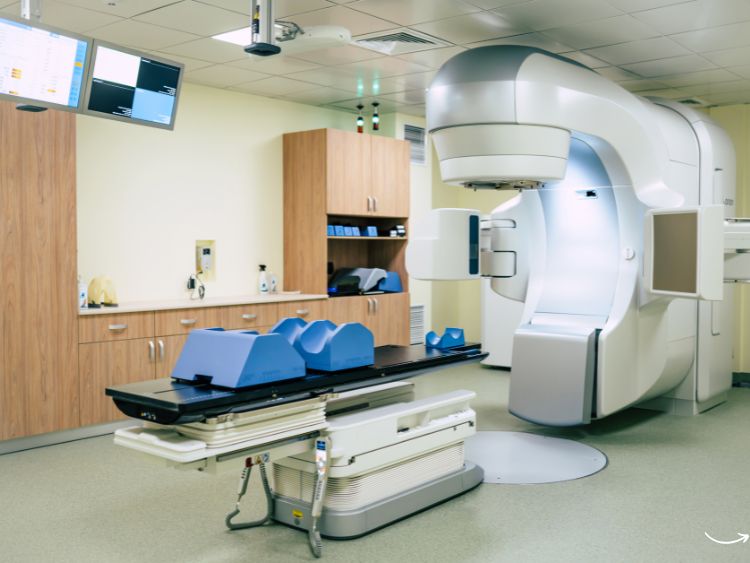Imagine a world where medical diagnosis is seamless, accurate, and accessible. That’s the promise of Pacific Medical Imaging. In this article, we’ll dive deep into the world of medical imaging, exploring its significance, advancements, and the pivotal role of Pacific Medical Imaging in revolutionizing healthcare. We’ll uncover how these cutting-edge technologies work, their applications, and why they are crucial for modern medicine.
What is Medical Imaging?
Medical imaging is a technique used to create visual representations of the interior of a body for clinical analysis and medical intervention. It encompasses various modalities and processes that picture the human body, either for diagnostic or treatment purposes.
Types of Medical Imaging
- X-ray Imaging: Uses radiation to capture images of the internal structure of the body. Commonly used to detect fractures and infections.
- Ultrasound: Employs high-frequency sound waves to produce images, often used in prenatal care.
- MRI (Magnetic Resonance Imaging): Utilizes magnetic fields and radio waves to generate detailed images of organs and tissues.
- CT (Computed Tomography) Scans: Combines X-ray images taken from different angles to produce cross-sectional images.
- PET (Positron Emission Tomography) Scans: Uses radioactive tracers to visualize metabolic processes in the body.
The Role of Pacific Medical Imaging
Pacific Medical Imaging stands at the forefront of this technological revolution, offering a range of imaging services that aid in accurate diagnosis and effective treatment planning. Let’s break down their offerings and why they matter.
Advanced Imaging Services
Pacific Medical Imaging provides state-of-the-art imaging services, including:
- High-Resolution MRI: Capable of detecting minute abnormalities in soft tissues.
- 3D Mammography: Enhanced breast cancer screening with reduced false positives.
- Cardiac Imaging: Detailed images of the heart and its functioning.
- Neuroimaging: In-depth scans of the brain and nervous system.
The Technology Behind the Scenes
Pacific Medical Imaging employs advanced technology to ensure precision and clarity in their imaging results. Their equipment includes:
- High-Field MRI Machines: For sharper and more detailed images.
- Digital X-Ray Systems: For quick and accurate imaging.
- Portable Ultrasound Units: Providing flexibility for bedside imaging.
Benefits of Medical Imaging
Medical imaging offers numerous benefits that make it indispensable in modern healthcare.
- Accurate Diagnosis: Enables doctors to see inside the body without invasive procedures.
- Early Detection: Helps identify diseases at an early stage, improving treatment outcomes.
- Non-Invasive: Most imaging techniques are non-invasive, reducing patient discomfort.
- Guided Treatment: Assists in planning surgeries and other treatments with precision.
Pacific Medical Imaging: A Closer Look
Patient-Centered Approach
Pacific Medical Imaging prioritizes patient comfort and convenience. They offer:
- Flexible Scheduling: To accommodate patients’ busy lives.
- Comfortable Imaging Suites: Designed to ease patient anxiety.
- Quick Turnaround Times: Ensuring timely delivery of results.
Expertise and Experience
With a team of experienced radiologists and technicians, Pacific Medical Imaging guarantees accurate interpretations and high-quality care. Their continuous training programs ensure that their staff stays abreast of the latest advancements in medical imaging.
Innovations in Medical Imaging
Pacific Medical Imaging is committed to innovation, constantly integrating new technologies to enhance diagnostic capabilities.
AI in Imaging
Artificial Intelligence (AI) is transforming medical imaging by:
- Improving Image Analysis: AI algorithms can quickly and accurately analyze imaging data.
- Enhancing Diagnostic Accuracy: Reducing the likelihood of human error.
- Streamlining Workflow: Automating routine tasks to allow radiologists to focus on complex cases.
Portable and Wearable Imaging Devices
Emerging technologies are making imaging more accessible with portable and wearable devices, allowing for:
- Remote Monitoring: Patients can be monitored in real-time from anywhere.
- Point-of-Care Imaging: Immediate imaging results at the patient’s bedside.
FAQs about Pacific Medical Imaging
What services does Pacific Medical Imaging offer?
Pacific Medical Imaging provides a wide range of imaging services, including MRI, CT scans, X-rays, ultrasound, and more.
How can I schedule an appointment?
You can schedule an appointment by visiting their website or calling their office directly. They offer flexible scheduling options to accommodate your needs.
Are imaging procedures safe?
Yes, the imaging procedures at Pacific Medical Imaging are safe. They use advanced technology to minimize radiation exposure and ensure patient safety.
How soon will I receive my results?
Results are typically available within a few days, and Pacific Medical Imaging ensures a quick turnaround to help your healthcare provider make timely decisions.
Do I need a referral for imaging services?
In most cases, a referral from your healthcare provider is required. Check with Pacific Medical Imaging for specific requirements.
Summary
Pacific Medical Imaging is a beacon of innovation and excellence in the field of medical imaging. Their advanced technology, patient-centered approach, and commitment to quality make them a trusted partner in healthcare. From accurate diagnoses to guided treatments, their imaging services play a crucial role in modern medicine. As technology continues to evolve, Pacific Medical Imaging remains at the cutting edge, ensuring the best possible outcomes for their patients.
